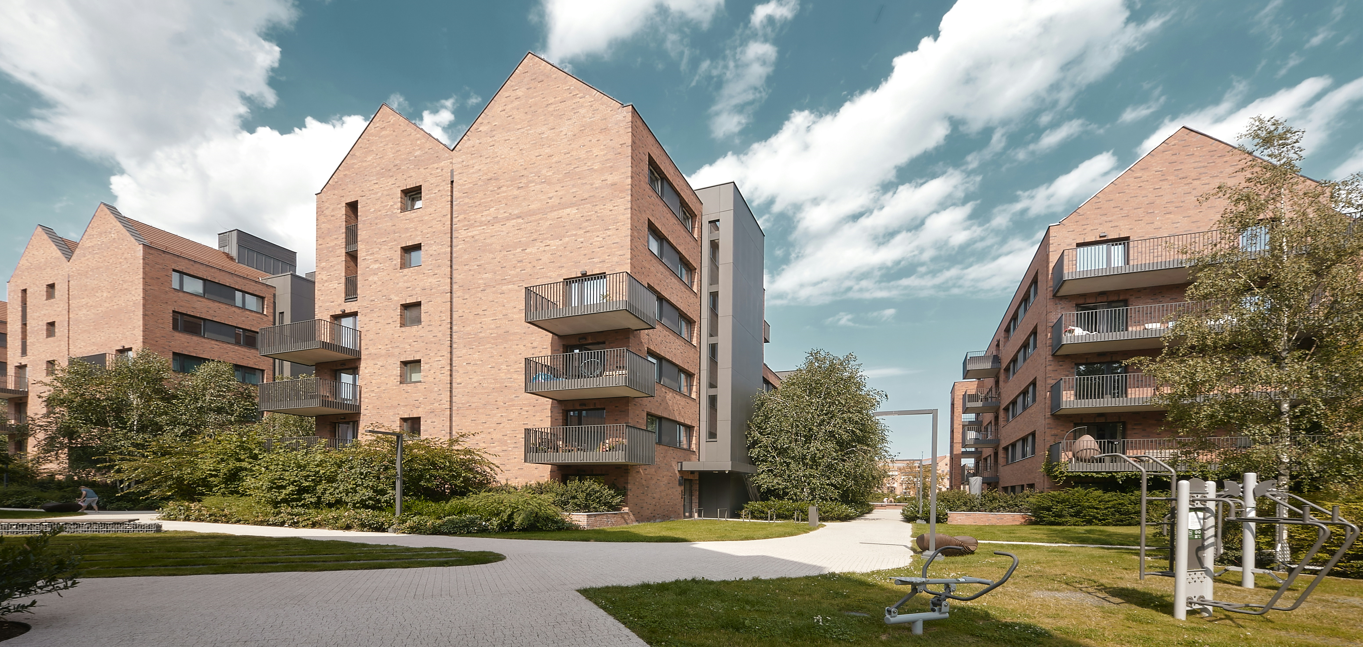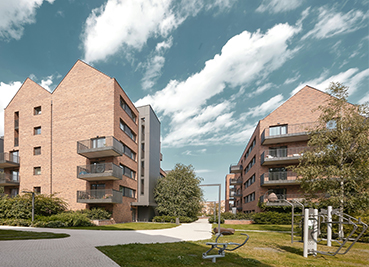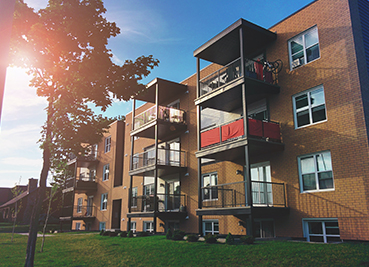
As seen in The Real Deal
CMBS apartment loan delinquencies pop amid refinancing troubles
The sketch of multifamily distress drawn over the past year is now being shaded in by data.
The picture shows problems have spread beyond value-add players squeezed by floating-rate loans.
Apartment deals marked delinquent or in special servicing and financed with commercial mortgage backed securities loans jumped 185 percent in late June from January, according to a report by CRED iQ.
“We’ve noticed a spike in multifamily since the beginning of the year,” said report author Mike Haas.
That surge marked the largest increase among any commercial real estate asset in the period.
The data signals the deterioration of multifamily loans isn’t only ramping up, it’s mushrooming.
The loan product CRED iQ tracked largely isn’t the debt tapped by the fix-and-flip borrowers who have suffered the lion’s share of defaults and foreclosure actions this cycle.
Those sponsors, including GVA, Tides Equities and Nitya Capital, leaned heavily on another securitized product called commercial real estate collateralized loan obligations or CRE CLOs.
The debt is floating-rate and short-term, making it a go-to option for investors eyeing quick exits early in the pandemic when interest rates were at bottom-barrel lows. After rates skyrocketed, those borrowers — particularly the firms that had yet to wrap renovations — have struggled or failed to make loan payments.
At the end of May, 46 percent of all CRE CLO loans were in some type of distress – either watchlisted, specially serviced or delinquent, according to an earlier CRED iQ report.
But CMBS is another beast. Loans are typically longer-term at five, seven or 10 years and fixed-rate. That signals the troubles affecting speculative multifamily buyers is spreading to investors with a longer-term hold strategy.
The challenge there is refinancing.
Despite recent signs that cooling inflation could spur a September rate cut by the Federal Reserve, borrowers with loans maturing now are still being forced to find new debt in a higher-rate environment.
For some, that means bringing more equity to the table. Blackstone, for example, was circling a $550 million refinancing of a $618 million CMBS Sun Belt multifamily loan earlier this year. The deal would include $83 million in fresh equity.
Borrowers less well-capitalized than Blackstone may not have that equity on hand.
And despite the market hype around a possible rate cut, many economists believe the Fed’s first such move will only drum down rates by 25 basis points. That is, likely not enough to ease refinancing pains for borrowers with debt coming due this fall.
“Is there some ability to cut rates and maybe make some of these loans a little more functional? Sure,” Ryan Severino, BGO’s chief economist said on The Real Deal’s podcast Deconstruct.
“But massive rate cuts in the short term … I’m not sure that’s going to play out,” he said.
The impact looks to be sweeping. Thirty-five percent of all multifamily loans are set to mature in the next 18 months, representing the biggest piece of the CRE debt pie, according to CRED iQ.
Over 7 percent of CMBS multifamily loans were distressed by those measures last month, compared to 8.6 percent of all CMBS debt. The overall distress rate for CRE broke a record in June for the fourth straight month.
Just accounting for delinquencies and specially serviced loans, nearly 10 percent of all CRE CLOs were distressed with the distress rate for multifamily clocking in at about 13 percent.




